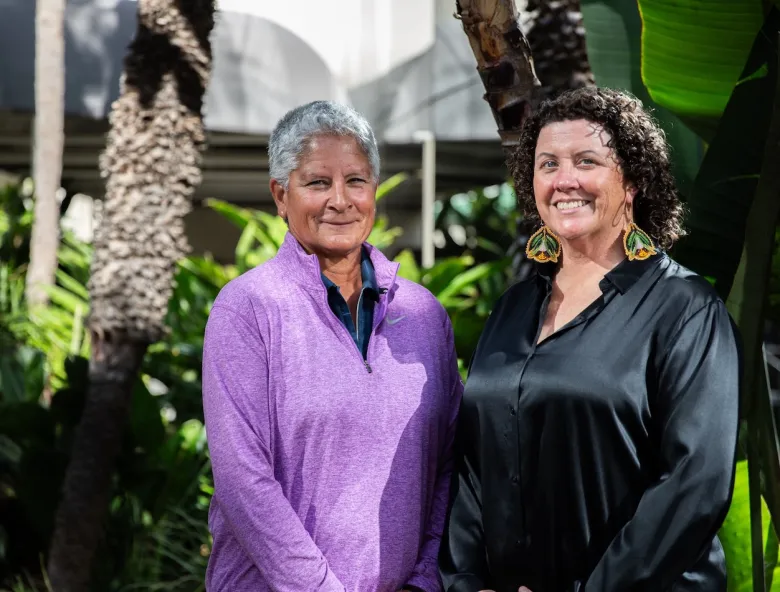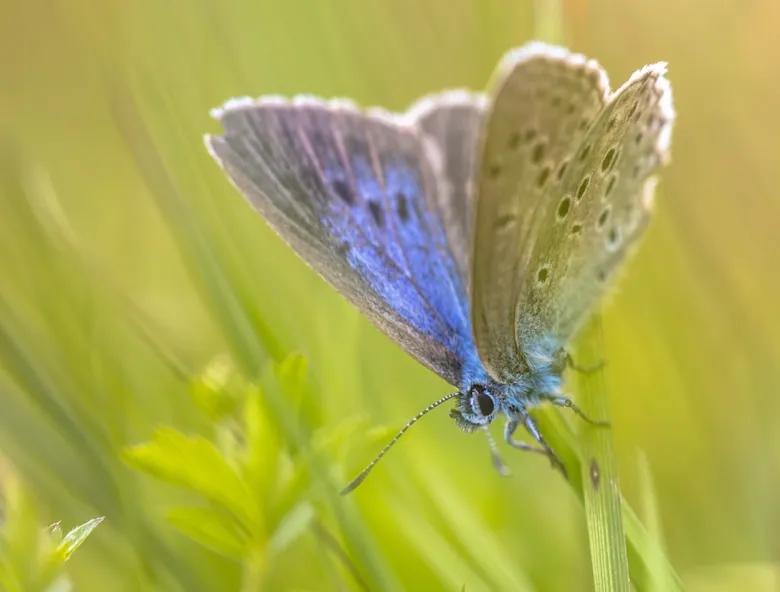At Goyer Golf & Country Club in the Netherlands, a rectangular wooden structure is visible in woodland beside a fairway.
Neatly ordered shelves are covered by fine mesh and contain precisely stacked pieces of pottery, brick, uniformly cut sticks, kindling and cardboard. The neat boxy structure has a covered roof with grey slates that overhang at the front.
It’s an insect hotel and home to a variety of solitary species that nest, shelter from predators and give birth to offspring.
Inside, woodlice feast on rotting vegetation while bees and butterflies float and buzz around this rustic sanctuary.
An eco-conscious member constructed the bug hotel at GEO Certified Goyer, a private club with over 1,000 members in Holland’s Randstad region.
Head Greenkeeper John van de Bosse says it’s just one part of the club’s wide-ranging commitment to sustainability, including establishing Goyer’s baseline carbon footprint.
This ornate bug hotel is one of many appearing on golf courses globally.
At Quinta do Lago’s upgraded South Course, on the Portuguese Algarve, bug hotels are used to control garden pests, like aphids, mites and slugs.
In the eastern suburbs of Sydney, Australia, ecological sustainability is woven into the care of 127-year-old Royal Sydney Golf Club (RSGC).
Planting native heathland plants has increased ecological connectivity and helped reduce the amount of water and fertilizer it uses.
Pollinators and insect species are encouraged through a series of bug hotels in protected areas of the course, providing safety and shelter for native bees.
Reviving pollinators
Golf superintendents worldwide are recognising that pollinator populations are declining and building a bug hotel on course is one way to arrest this trend.
Andy Johnston is General Manager and Director of Agronomy at recent LIV Golf Singapore host venue, Sentosa Golf Club. Johnston has overseen the creation of Singapore’s first dedicated bee sanctuary and the appointment of Head Beekeeper John Chong to look after 40,000 bees.
“Bees around the world have reduced in population by up to 70% and both us and science feel that, if the bee population were to become extinct, this could be the beginning of the end of the world.
This is how important bees are to our survival and society. All golf courses have usable corners and it is in these corners that we are developing our bee colonies to help do our part in bringing them back to a healthy population base,” said Johnston.
Chong says bees are essential to a sustainable future because they help pollinate around a third of all food sources consumed by humans.
Sentosa has built five active stingless bee colonies behind the ‘Pyramid’ halfway house of the 4th hole at its Tanjong course and last year announced that it was the world’s first golf club to become carbon neutral.
Bug hotels can be built from everyday recyclable materials and can be adapted to fit into small spaces. Rothes Golf Club in Moray, Scotland, used 50 wooden pallets as a retaining wall in a new tee box and turned the spaces between the slats into a giant bug hotel. Turf for the tee was taken from an area close to the clubhouse which was later repurposed as a wildflower meadow.
The tee box is now home to snails, earwigs, toads, common lizards, woodlice and beetles.
What Syngenta Thinks
Bug hotels not only serve a function of providing shelter to insect or bee populations, their social and environmental value go much further.
In Golf & Social Media: Sustainability, we revealed the full extent of golf’s negative reputation across social media and highlighted the industry’s need to “speak up” and communicate the positive work happening globally to protect and nurture wildlife, conserve water and manage our green spaces responsibly.
While simple, the introduction of bug hotels, especially when woven into the customer journey on or around the golf course, signal to customers positive environmental action. Not only that, but they can create a focal point with which to engage with the local community.



